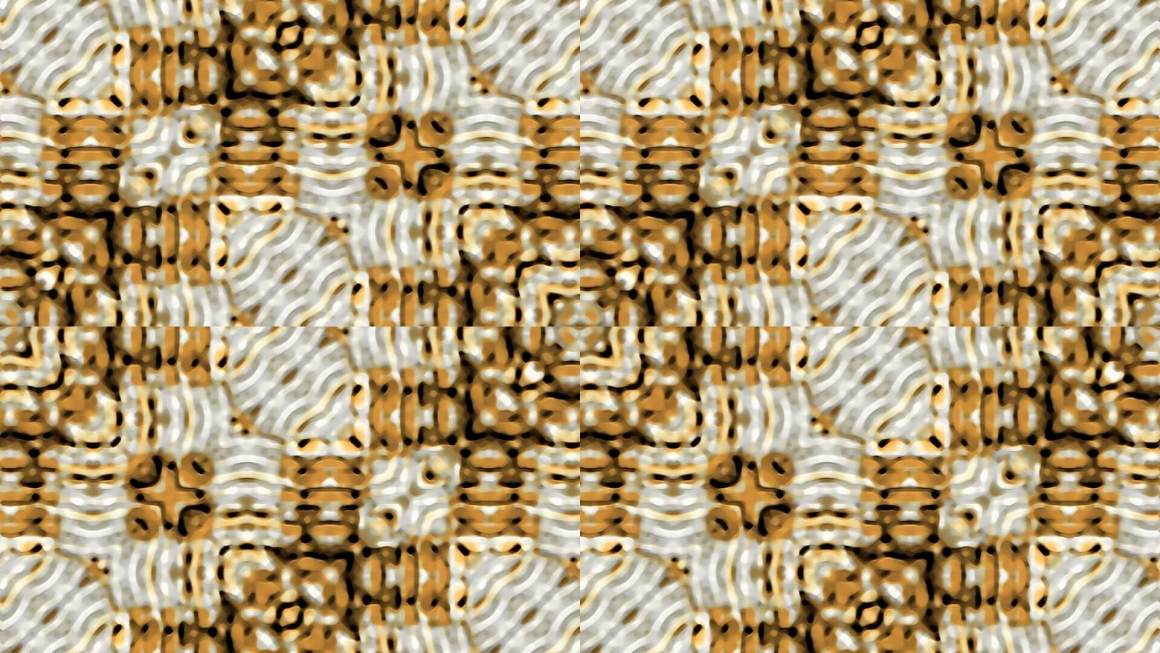Patchwork Plagiarism: Understanding and Avoiding It
Plagiarism seems like an easy concept to avoid – simply don’t copy and paste other people’s work into your paper or article. However, there are several different kinds of plagiarism, and not all of them are easy to spot. What is patchwork plagiarism, and how can you avoid it in your essays and other written work?
What is Patchwork Plagiarism?
Patchwork plagiarism is also known as mosaic plagiarism. It occurs when an author takes bits and pieces from another work or a series of works and pieces them together within their essay or article. Patchwork plagiarism is just as illegal as other forms of plagiarism and much harder to spot in academic writing.
Patchwork plagiarism is much more difficult to find than classic copy-and-paste plagiarism and therefore is a more serious crime. It is just as punishable and often results in an automatic zero on a project or in a class or removal from a job.
This type of plagiarism can be from one work or multiple. If a student copies a phrase from an original source and another set of words from another article, it will be harder for the teacher to discover that they are plagiarizing. However, it can be found and doesn’t often go unnoticed by teachers or employers.
How is Patchwork Plagiarism Different from Regular Plagiarism?
Patchwork plagiarism is a form of plagiarism. Any form of plagiarism does the same thing: attempts to steal someone’s original idea or intellectual property without crediting it properly. Patchwork plagiarism is merely the way that plagiarism is accomplished.
When most people think of plagiarism, they think of someone copying and pasting an entire sentence, paragraph, or essay. However, they don’t think of someone copying and pasting a phrase or set of words from that paragraph. Patchwork plagiarism does just that – steals small parts of a work and adds them back together.
Patchwork plagiarism is usually just as intentional as classic copy and pastes plagiarism (or complete plagiarism). However, it is a little bit sneakier because it takes phrases or ideas instead of entire pieces of work. A simple Google search won’t find the similarities with patchwork plagiarism; teachers need a plagiarism checker.
How is Patchwork Plagiarism Different from Paraphrasing?
Patchwork plagiarism is pretty similar to paraphrasing but is a little more devious. Both of these methods of stealing someone’s ideas revolve around changing the exact words so a regular database or plagiarism checker wouldn’t find them. However, there are some differences between patchwork plagiarism and paraphrasing.
Paraphrasing takes an idea and summarizes the words to make it sound original. In academic papers and essays, paraphrasing is encouraged as long as the source is cited. When it’s not cited and the paraphrase is claimed as an original thought, that’s plagiarism and very academically dishonest. Learn more about paraphrasing vs. plagiarism.
Patchwork plagiarism, on the other hand, is stealing phrases from multiple sources or multiple sections of the same source. It either takes the exact phrases or close synonyms of them and pastes them together to create a new, yet unoriginal sentence. It makes a patchwork or mosaic of the original author’s work.
Examples of Patchwork Plagiarism
Patchwork plagiarism isn’t always intentional. There are times when an author unintentionally copies phrases or words from another source without realizing it. However, accidental plagiarism is still frowned upon in academic and professional settings and should be avoided as much as possible.
Patchwork plagiarism often occurs when an author writes a paper directly after looking at their primary or secondary source. If the author of the essay is reading an academic work and doesn’t take notes on it, they might unintentionally mimic the tone or phrasing of the main points without even realizing it. This is relatively common, especially amongst writers who don’t take notes.
A more nefarious example of patchwork plagiarism is when someone intentionally takes phrases from different authors to mask that they didn’t do any work on their own. These authors are more intentional about stealing another author’s ideas and words and piecing them together to form their own.
While patchwork plagiarism isn’t as obvious as complete plagiarism or as hard to spot as paraphrasing, it still can be found with an online plagiarism checker. It’s much easier to tell if a student or employee is plagiarising or if you are unintentionally copying someone’s work, with the help of an online database like Quetext.
What are the Consequences of Patchwork Plagiarism?
Consequences for plagiarism can vary, and the same is true for patchwork plagiarism. For the most part, the consequence will depend on the institution in which the plagiarism is found. Plagiarism is always taken seriously, no matter where it occurs.
Plagiarism in workplaces can lead to removal from a project, a team, or even suspension. Repeated offenses can lead to termination of employment. Universities and colleges often give anywhere from an automatic zero on an assignment to removal from the school.
How To Avoid Patchwork Plagiarism
Of course, if you are trying to be academically dishonest, you will always find a way. However, for those of us attempting to write original material, you don’t have to write on an original subject. Like most types of plagiarism, you can avoid patchwork plagiarism by a simple writing process – take notes, write original content, cite your sources, and use a plagiarism checker. Here are those steps.
Take Notes
Research is a vital part of any essay or article. When researching, it’s easy to want to cut corners and begin writing at once. However, taking notes on your research is an easy way to cut down on your chances of accidental plagiarism in your own work.
If you take notes in your own words, you’re less likely to have the exact words of another author still in your head when you start to write. You can also organize your notes according to source and see where your article fits in with the existing scholarship. Note-taking is a skill that is easy to learn and essential for any writer.
Write Original Material
Of course, the easiest way to avoid plagiarism is to write original material. Even if you are writing on a subject that has been discussed, you should be able to find an original angle or idea to write about.
While taking notes will prevent you from accidentally plagiarizing phrases or sentences, it’s up to you to prevent yourself from stealing ideas. Look back through your notes and make sure you aren’t taking from those who have written before you. Original material is the best way to avoid plagiarism.
Cite Sources
Almost every definition of patchwork plagiarism involves an author taking words from several sources and rearranging them without citing the sources. If you cite every source you quote (and put direct quotes in quotation marks), you will have no issues with plagiarism.
Citing sources in a paper or article varies with the formatting style you are using. However, you must cite your sources whenever you take a phrase, sentence, or idea from a source. Unless it’s common knowledge, write down where you found the information. When you take your notes, write down the original so that you can easily find it later.
Use a Plagiarism Checker
The best way to avoid accidental patchwork plagiarism (or plagiarism of any kind) is by putting your paper through an online plagiarism checker. Quetext is one of these – when you upload or copy and paste your work, it will sift through a database of thousands of papers and websites to ensure that none of your work is taken from another author without permission.
Even the most careful note taker and writer can miss something. After all, many people write about similar things all of the time. Even if you’re citing all the sources that you looked at, you could accidentally be plagiarizing another source. It’s best to have an algorithm do the work a human brain never could.
Other Kinds of Plagiarism
There are multiple other kinds of plagiarism to look out for as well, of course. Patchwork plagiarism is one of many different types of plagiarism, including:
- Whole plagiarism, or plagiarism of an entire work
- Direct plagiarism, or word-for-word plagiarism
- Accidental plagiarism, any plagiarism that isn’t intentional
- Source plagiarism, citing a source incorrectly
- Paraphrasing plagiarism, taking someone else’s ideas without giving attribution
- Self-plagiarism, stealing from your own former work
Each of these is serious and has the same consequences as patchwork plagiarism. Because intellectual property is property, stealing is illegal and will result in punishments. Whether in high school, college, or the workplace, plagiarism is a serious offense, and you must avoid it.
Final Thoughts
Patchwork plagiarism is when an author copies specific phrases and sentences from different sources and pastes them together to form an original sentence. It is academically dishonest and considered plagiarism by universities and workplaces.
It’s essential to cite your sources, take notes, and write original work. Now that you know how to avoid patchwork plagiarism, you can write with ease, knowing that you’re safe from accidental dishonesty.









